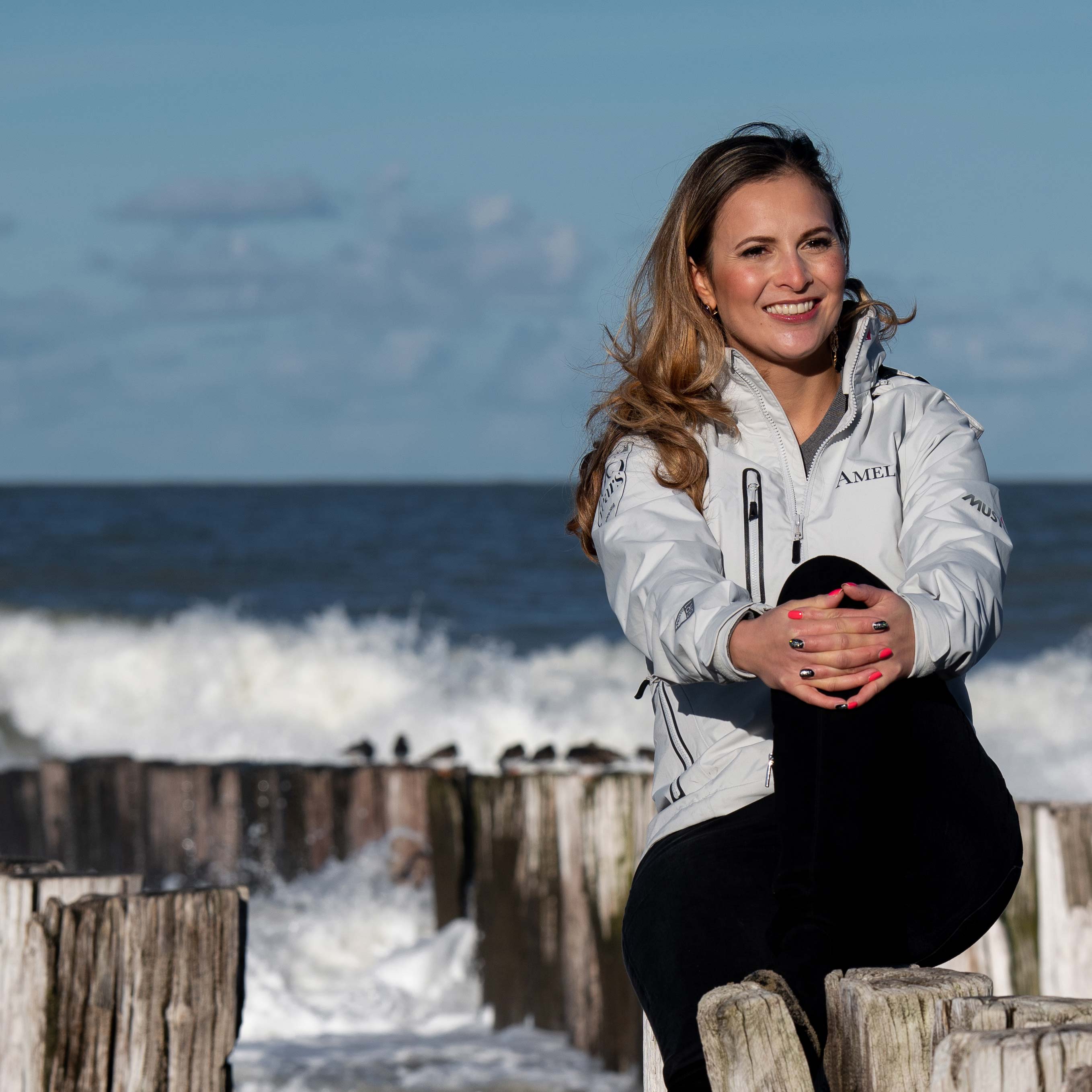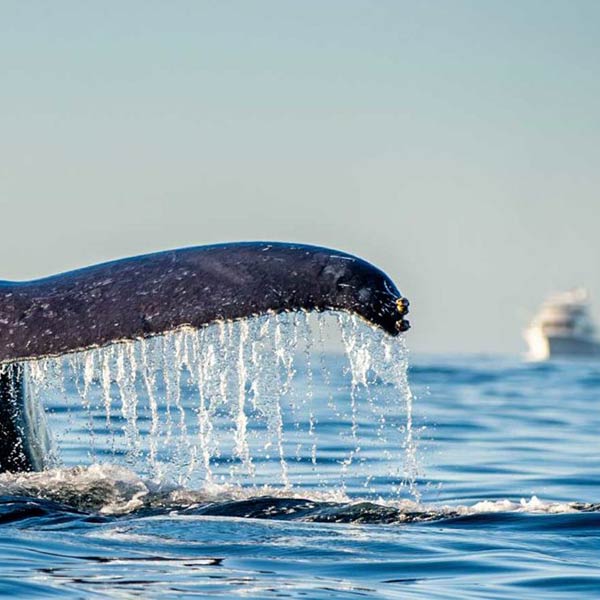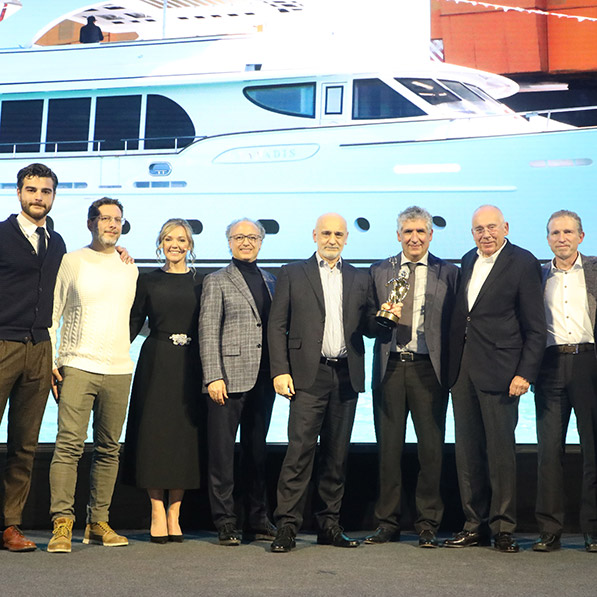
ArtExplorer

ArtExplorer
How to charter sustainably
Making sure your charter yacht is as environmentally-sound as possible is now high up on the list of priorities for some.
Where to venture, what yacht to choose, and how to make the most of your time on board are all important questions that charter guests must consider. Now more than ever, the issue of how to ensure your charter is as environmentally-friendly as possible also features high on the wish list, and owners, shipyards and crew are making great strides to ensure yachts rise to the challenge.

Burrasca

Burrasca
The advent of alternative propulsion is the obvious first port of call. Reducing emissions, or eradicating them altogether, has long been a focus of the yachting industry. Take, for example, Feadship’s 60m Project 713, the first to carry solar cells for auxiliary power generation. It’s complemented by diesel-electric propulsion, the ability to run on non-fossil HVO (hydrotreated vegetable oil), and a hull form that is optimised for cruising speed instead of top speed. It’s also the shipyard’s first new-build to feature FSC-certified plantation teak for all the decking, which means the wood is harvested in a sustainable way.
It’s so far unknown whether Project 713 will join the fleet of Mediterranean and Caribbean yachts available for charter, however, there are crewed yachts that offer a similar calibre of environmental factors. The 44m Sanlorenzo Lammouche became the first yacht to offer bio oil as a fuel option to charter guests in 2022. The second-generation biofuel, called Cristal Power XTL 100, is an HVO product that is 100 percent renewable, odourless and reduces engine noise. It comprises used cooking oil that is treated with hydrogen and mixed with fresh cooking oil.
“Where this fuel scores points is that it can reduce CO2 emissions by up to 90 per cent and particulates by up to 80 per cent, nor does it create black smoke,” says Lammouche’s captain Jean-Maxime Berthet.

ZeExplorer

ZeExplorer
Yachts that make the grade
ArtExplorer, the world’s largest aluminium sailing catamaran, boasts a 65msq solar panel on the deckhouse that can generate up to 200 kilowatts of energy per day. Coupled with lithium batteries and state-of-the-art exhaust filters she is successfully able to minimise her environmental impact while on charter. And ZeXplorer, a 40m explorer yacht that takes her charter guests to some of the most remote corners of the world, was extensively refitted to make her more sustainable. The works included smaller generators to reduce fuel consumption, teak decks replaced with an environmentally friendly Dutch product called Esthec, which provides sound insulation to lower decks, and Dynamic Positioning using GPS, which enables ZeXplorer to stay in place without anchoring—an ideal extra when cruising environmentally sensitive areas.
Both ArtExplorer and ZeXplorer are listed for charter with Fraser Yachts, which in November 2024 became the first brokerage to adopt the Water Revolution Foundation’s Yacht Environmental Transparency Index (YETI) rating system. YETI is designed to score and compare yachts based on their environmental performance.
“Zero doesn’t exist,” says Bram Jongepier, a Feadship senior design specialist who first conceived YETI five years ago. “You cannot walk on grass without some degree of impact, but you can do it sustainably if you give the grass time to recover.”

Lammouche

Lammouche
An extra sustainable sailboat
It’s a sentiment adopted by the owner and captain of Burrasca, a Perini Navi sailing yacht that charters in Greece. The yacht was originally one of only two 56m Perini yachts with an impressive total sail area of 1,585sqm that enabled exceptional sailing speeds, however, Burrasca was recently equipped with custom designed 3DI North Sails with a surface area that exceeds the original sail plan, contributing to higher efficiency and speeds.
Burrasca’s owner has a passion for sailing and prefers to rely predominantly on the yacht’s sails during voyages. When she’s not sailing, she adheres to a policy of cruising at the most economical speed, ensuring an environmentally-conscious approach to navigation. She is captained by true sailor Robert Bell, who also ensures the sails are used almost continuously during charters. Work is underway to further improve light-air performance with the addition of a spinnaker and code-0 sails.
“There is a specific group of charterers who prefer and choose sailing yachts due to their inherently sustainable approach,” says Captain Bell. “Most guests greatly appreciate the unique experience of relying almost entirely on sails during charters, embracing a truly environmentally-friendly approach to yachting.”
It’s not just wind power where Burrasca excels. The yacht is designed with sustainability in mind, featuring Tier 3 NOx-compliant generators, biodegradable and marine-life-safe cleaning products, energy-efficient LED lighting throughout, and a nearly chemical-free deck maintained primarily with traditional olive oil-based soap. The yacht features ocean-friendly hull coatings and is constructed with highly sustainable materials, primarily wood and aluminium. There’s also a comprehensive onboard environmental policy that is adhered to by the crew. It minimises the use of plastic and other harmful materials, offers charter guests eco-friendly sunscreens and toiletries, and ensures the yacht procures food, supplies and fuel locally to lower transportation-related carbon emissions.
“We believe that over time, particularly in recent years, the yachting industry has increasingly supported and promoted strong environmental policies onboard yachts,” adds Captain Bell. “This is reflected in the growing awareness of environmental issues and the rising demand for sustainable practices among owners, charterers, and all sectors of the yachting industry.”



